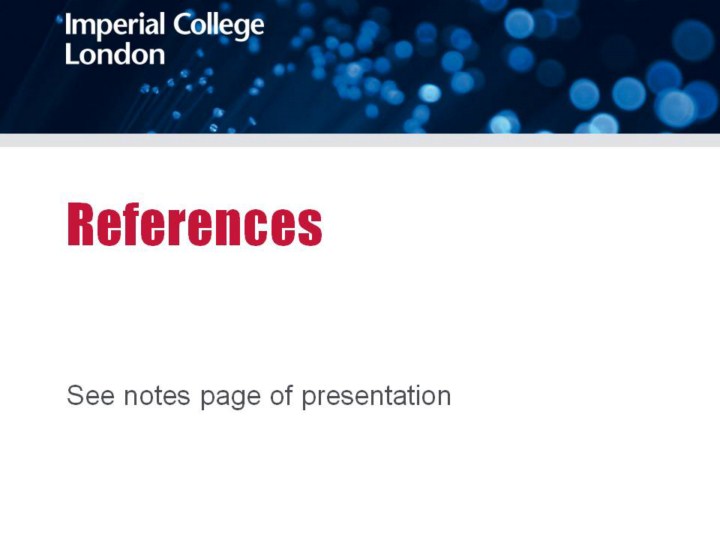| front |1 |2 |3 |4 |5 |6 |7 |8 |9 |10 |11 |12 |13 |14 |15 |16 |17 |18 |review |
 |
Annas, G. (2003). Terrorism and human rights. In J.Moreno (Ed.), In the Wake of Terror: Medicine and morality in a time of crisis (pp. 33-51). Cambridge, Mass: The MIT Press. Cantor, N. (2001). In the Wake of the Plague: The Black Death and the world it made. London: Pocket Books. Danzig, R. & Berkowsky, P. (1999). Why should we be concerned about biological warfare? In J.Lederberg (Ed.), Biological Weapons: Limiting the threat (pp. 9-14). Cambridge, Mass: The MIT Press. Eckenwiler, L. (2003). Emergency health professionals and the ethics of crisis. In J.Moreno (Ed.), In the Wake of Terror: Medicine and morality in a time of crisis (pp. 111-133). Cambridge, Mass: The MIT Press. Fairchild, A. (2004). Policies of inclusion: Immigrants, disease, dependency, and American immigration policy at the dawn and dusk of the 20th century. American Journal of Public Health, 94, 528-539. Ferguson, J. (1999). Biological weapons and the U.S. law. In J.Lederberg (Ed.), Biological Weapons: Limiting the threat (pp. 81-92). Cambridge, Mass: The MIT Press. Gardner, D. (2008). Risk: The science and politics of fear. London: Virgin Books. Guillemin, J. (1999). Anthrax: The investigation of a deadly outbreak. Berkeley: University of California Press. Hodge, J. & Gostin, L. (2003). Protecting the public's health in an era of bioterrorism: The model State Emergency Health Powers Act. In J.Moreno (Ed.), In the Wake of Terror: Medicine and morality in a time of crisis (pp. 17-33). Cambridge, Mass: The MIT Press. Ibrahim, M. (2005). The securitization of migration: A racial discourse. International Migration, 43, 163-187. Kadlec, R., Zellicoff, A., & Vrtis, A. (1999). Biological weapons control: Prospects and implications for the future. In J.Lederberg (Ed.), Biological Weapons: Limiting the threat (pp. 95-112). Cambridge, Mass: The MIT Press. King, N. (2003). The influence of anxiety: September 11, bioterrorism, and American public health. Journal for the History of Medicine, 58, 441. Kraut, A. (1994). Silent Travellers: Germs, genes, and the 'immigrant menace'. New York: Basic Books. Lederberg, J. (1999). Biological Weapons: Limiting the threat. Cambridge, Mass: The MIT Press. Lederberg, J., Shope, R., & Oaks, S. (1992). Emerging Infections: Microbial threats to health in the United States. Washington DC: National Academy Press. Miller, J., Engelberg, S., & Broad, W. (2001). Germs: Biological weapons and America's secret war. New York: Simon & Schuster. Olson, K. (1999). Aum Shinrikyo: Once and future threat? Emerging Infectious Diseases, 5, 513-516. Preston, R. (1997). The Cobra Event. Toronto and New York: Random House. Sarasin, P. (2006). Anthrax: Bioterror as fact and fantasy. Cambridge Massacheusetts: Harvard University Press. Showalter, E. (1997). Hystories: Hysterical epidemics and modern media. New York: Columbia University Press. Stern, J. (1999). The Ultimate Terrorists. Cambridge, Mass: Harvard University Press. Washer, P. (2010). Emerging Infectious Diseases and Society. Basingstoke: Palgrave Macmillan. Weisman, SR (2005, November 9). Powell calls his U.N. speech a lasting blot on his record. The New York Times.
If you have any comments or questions, please send a message to super1@pitt.edu |
Search inside of Supercourse and lectures in HTML or PPT format